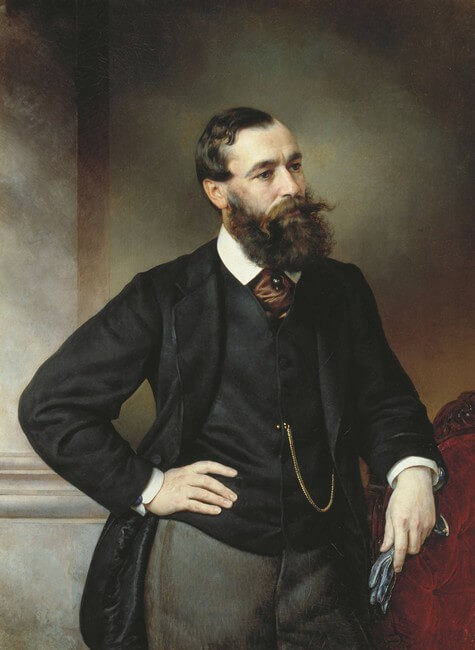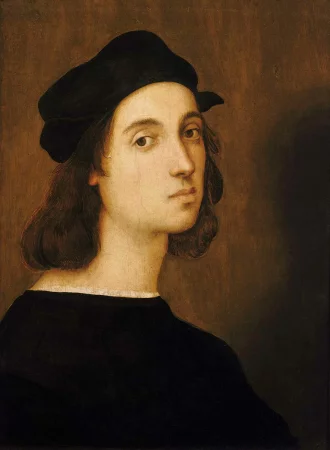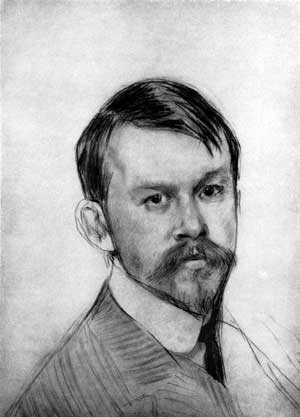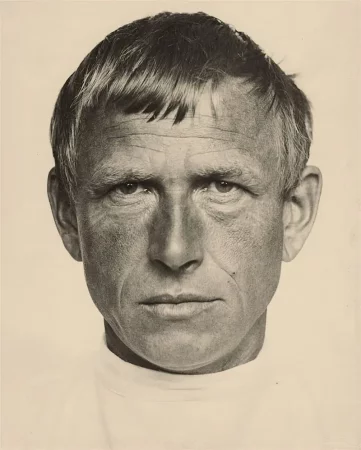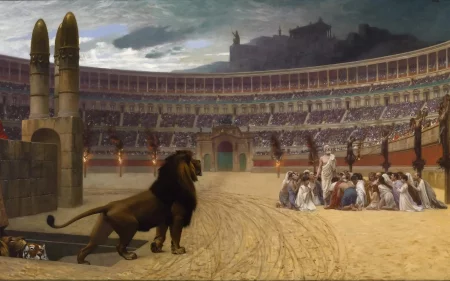Fighting Gladiators, Jean-Leon Gerome - Description of the Painting
Fighting Gladiators - Jean-Leon Gerome. Canvas, oil. 96.5 x 149.2 cm
The notional center of the painting is the just finished battle of the gladiators. The author brought to the fore the final of the subject combat. In the background one can observe the stands full of spectators, and Caesar - this is one of the final battles (at those times, the selection stages for the best fighter used to go from small villages and cities up to Rome), and this can even be the last battle.
The viewers are presented with the victor, ruthlessly putting his foot on the neck of his last enemy. His gaze is turned to the stands, awaiting their approval. Shall he pardon or kill the one lying before him?
If one does not attach significance to the historical part, the condemnation for cruelty would fall on the winner. However, let us not forget that a gladiator fight is a sort of spectacle, the action of which must always be theatrical. The decisive role is played by the audience. And even the winner can kneel, should the crowd not get pleased. That is the reason why the warrior puts his foot on the loser’s neck so tellingly, straightening up, almost arching, and throwing his head back, directing the blade towards his victim. The pompous decorations together with the costumes of the audience form a part of this show. Note that even the armor put on warriors is rather for beauty and offer almost no protection.
Why then did the master call his picture "Fighting Gladiators" if the battle is already over? It used to be an interesting fun for the public and for the fighter himself to struggle for the right to be freed from slavery. Quite a high price, for which one would want to fight.
In the painting, the audience is depicted in the background, with their faces distorted with rage and indignation, maybe even condemnation. The finger is pointing down. It means that the losing gladiator will die today. This is how the inhabitants of Rome decided.
This huge contrast existing between the emotions of the public and the gesture of the defeated warrior, whose hand is raised and turned to the merciless crowd, just exacerbates the tragedy of the scene.
This is how a pompous and majestic battle turns into a cruel and merciless action, with no signs of clemency, and in fact the enemy is not the one directing his weapons against you, but rather the public, the enslavers.
Comments (0)
Top
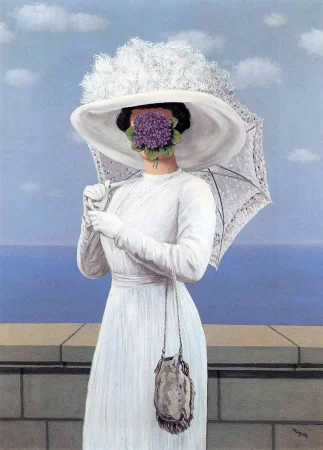 Painting The Great War, Rene Magritte - Meaning and Analysis
Painting The Great War, Rene Magritte - Meaning and Analysis
The Great War - Rene Magritte. Canvas, oil. 81 x 60 cm...
10.10.23
1 086
0
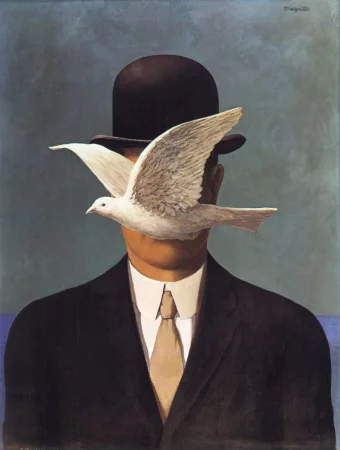 The man in the bowler hat, Rene Magritte
The man in the bowler hat, Rene Magritte
The man in the bowler hat - Rene Magritte. Canvas, oil. 70 x 50 cm...
06.09.23
2 724
0

